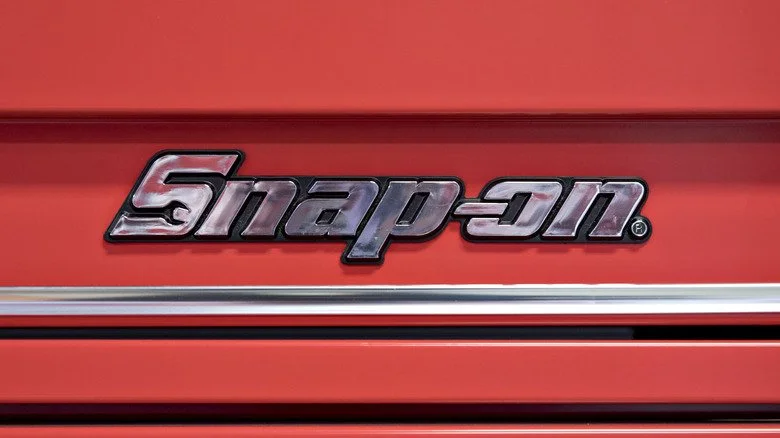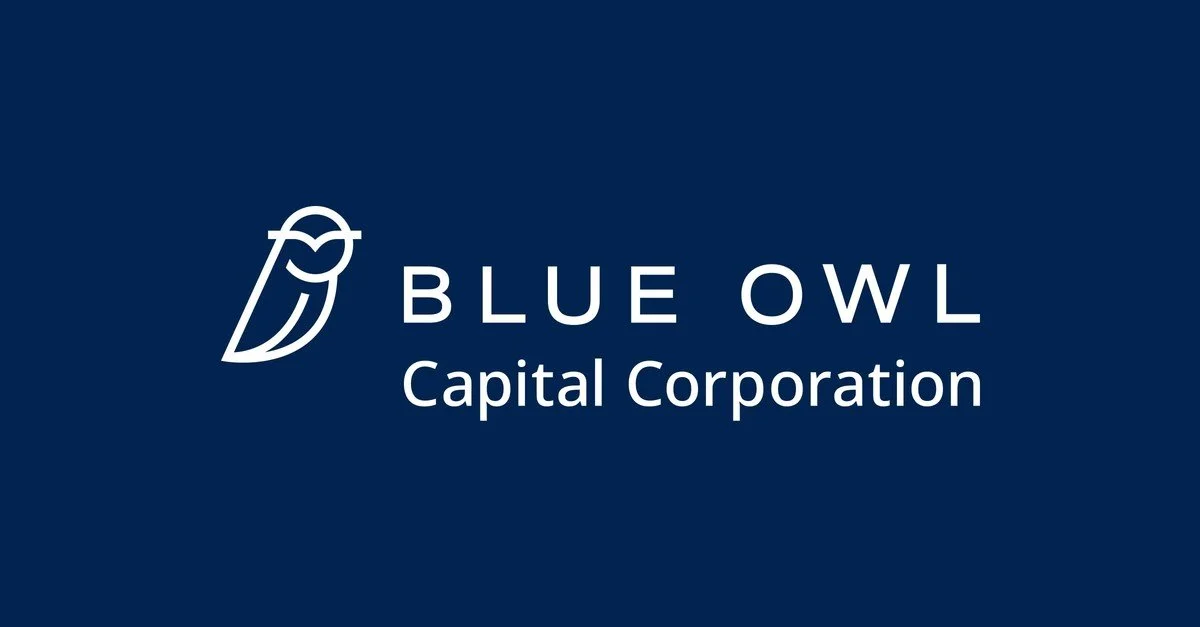SNA | Q3 2025
The content provided on this website, including any communications, posts, videos, social media interactions, and other materials, is for informational and educational purposes only. It should not be considered as financial or investment advice. Read our full disclaimer here.
Links
Link to Transcript
Link to Presentation
Link to 10-Q
Overview
Non-GAAP EPS of $4.71 beats by $0.05.
Revenue of $1.19B (+3.5% Y/Y) beats by $30M.
KEY Takeaways
Revenue up 3.8% year-over-year to $1.19 billion, with all three segments contributing to growth.
EPS hit $4.71 ($5.02 including the legal item) — the highest Q3 in company history.
Free cash flow of $278 million held steady versus last year, underscoring strong cash generation.
$112 million in dividends paid and $82 million in share buybacks this quarter.
As of this quarter, Snap-On has $1.53 billion in cash on the balance sheet with no debt outstanding.
Technicians remain cautious about big purchases amid macro uncertainty, but Snap-on’s pivot to “faster payback” tools continues to gain traction.
CEO Nick Pinchuk described customers as “cash-rich but confidence-poor”, summarizing the cautious spending mindset in the field.
NOTES
Snap-on (SNA) delivered another solid quarter in Q3. Revenue for the quarter came in at $1.19 billion, up 3.8% year-over-year, as all three operating segments contributed to the growth.
The Tools Group rose about 1%, Repair Systems & Information (RS&I) jumped nearly 9%, and Commercial & Industrial (C&I) was roughly flat as strength in critical industries offset weakness in Asia.
Operating income margin, excluding a one-time legal benefit, came in at a solid 21.5%, while earnings per share grew to $4.71 (or $5.02 including the legal item)—the highest third-quarter figure in company history.
Management emphasized that the core automotive repair market remains strong. Vehicles on the road keep getting older—now averaging nearly 13 years—and more complex, which plays directly into Snap-on’s strengths.
Technicians are busier than ever, but also hesitant to take on large purchases amid macro uncertainty. This is more or less the same thing we’ve been hearing for the last few quarters.
Snap-on has leaned into that environment by focusing on “faster payback” products—tools that deliver immediate utility rather than those requiring long-term financing—and that pivot continues to gain traction.
RS&I was the standout performer once again, with double-digit growth in OEM dealership sales and high-single-digit gains from independent repair shops. Snap-on’s diagnostics and software tools, such as the TRITON handheld platform, continue to see strong demand as vehicles become more technologically advanced.
The Tools Group saw decent improvement, including sequential growth over Q2, which is unusual for the company given normal seasonality. Diagnostics sales were the top performer in the segment, offsetting weaker results in tool storage and hand tools.
Management said franchisees left the company’s annual Snap-on Franchisee Conference (SFC) feeling confident, with orders up mid-single digits compared to last year. They cautioned, however, that SFC orders don’t always translate directly into sales, as franchisees can sometimes over-order and later cancel.
C&I results were mixed, with solid momentum in aviation, heavy equipment, and natural resources offset by slower activity in Asia and delayed government projects. Management said many industrial customers are holding back until they see more clarity on trade policy and tariffs, although Snap-on’s backlog continues to build.
Free cash flow remained strong at $278 million for the quarter, roughly in line with last year. The company paid $112 million in dividends and repurchased $82 million in stock, leaving $306 million still authorized for buybacks.
Cash on hand rose to $1.53 billion, and Snap-on continues to carry no commercial paper or outstanding borrowings, which adds to the company’s resilience.
With that, the company’s 60-day delinquency rate in its financing arm ticked up slightly to 2%, which management described as normal seasonal behavior.
During the Q&A portion of the call, analysts focused on the sustainability of RS&I’s momentum, the pace of recovery in tool storage and hand tools, and the lingering uncertainty among franchisees.
CEO Nick Pinchuk described the technician customers as “cash-rich but confidence-poor”—they’re earning good money, but hesitant to spend in the midst of economic and geopolitical uncertainty. He said the company’s product pivot has been effective in navigating that psychology.
All in all, this was another solid quarter from Snap-on. Its steady growth, strong cash flow generation, and squeaky clean balance sheet remind me why this is one of my favorite dividend growth stocks.




Revenue of $1.88B (+4.4% Y/Y) beats by $10M. Non-GAAP EPS of $1.96 beats by $0.09.